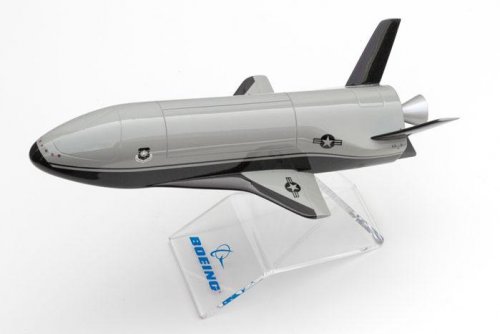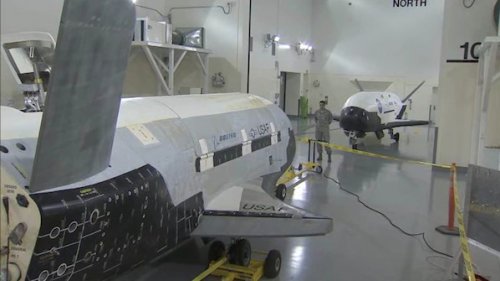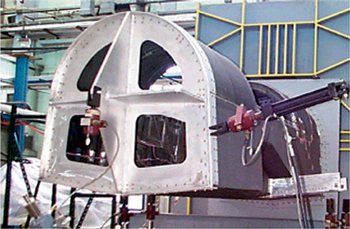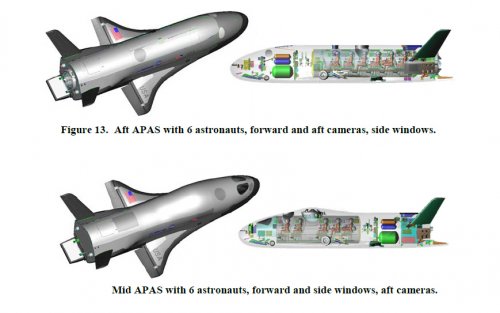Byeman said:
RGClark said:
One of the capabilities speculated on for the X-37B is to examine up close other countries satellites, if not to attach to them.
Bob Clark
It is not in an orbit near any spacecraft. It is in a unique inclination.
Another example, where you take some information from the internet and wrongly apply it to another topic.
One of the early requirements was for a delta-V of 3,100 m/s, about 10,000 feet per second, though the actual value reached in this vehicle hasn't been released.
The X-37b almost certainly has imaging equipment as one of its reported intentions is to provide orbital surveillance on short notice for varying locations. However, it is a question whether this can be used to image satellites. Still, another speculated upon capability for the X-37b was for it to examine other satellites. See for instance this page, near the end, in the section "X-40 Space Maneuver Vehicle (SMV)":
Military Spaceplane
X-40 Space Maneuver Vehicle
Integrated Tech Testbed.
http://www.fas.org/spp/military/program/launch/msp.htm
See these pages for the orbital parameters of Phobos-Grunt and the X-37b:
PHOBOS-GRUNT.
http://www.n2yo.com/satellite/?s=37872
OTV 2 (USA 226)
http://www.n2yo.com/satellite/?s=37375
See this page for the formulas for the delta-V required for orbital changes:
ORBITAL MECHANICS.
http://www.braeunig.us/space/orbmech.htm#maneuver
The formulas are rather complicated. But a simplified scenario suggests it might be doable. First, note that unless the altitude difference is very large, such as between LEO to GEO, then the delta-V needed to change altitude isn't too great, particularly when its still in LEO. See for instance this online Hohmann transfer orbit calculator:
Orbital Transfer Calculator.
http://www.vrzone.org/space/orbital_transfer.php
Plugging in the orbital altitudes for Phobos-Grunt and the X-37b gives a delta-V of 40 m/s.
The largest delta-V would probably be due to the plane change. For a simplified case of both circular orbits, the formula is:
ΔV = 2Vsin(θ/2) , where θ is the difference in the angle of inclination, and V is the orbital speed. For a 10 degree angle change and 7,800 m/s orbital speed, this is ΔV = 1,360 m/s. Considering how high was planned to be the delta-V capability this is not out of the question.
Note that for this mission that almost certainly has the capability to image ground sites, you would think Russian sites such as launch sites should be within its orbital change capability. But then if it has the capability to reach these high latitude sites then it also has the capability to reach the orbital inclinations of satellites such as Phobos-Grunt launched from these sites.




